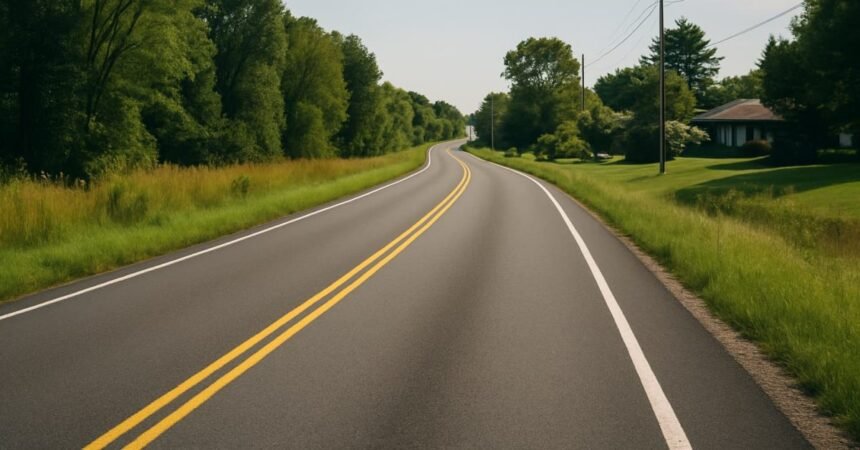Electric bikes have been gaining popularity in the US across all age groups, from teenagers commuting to school to elderly individuals rediscovering the joy of cycling. However, as the speed and power of electric bikes increase, Connecticut is responding with new laws to regulate them.
Westport Police Lt. Serenity Dobson recently highlighted the trend of more teens riding their e-bikes to school instead of being driven by their parents. She noted that the bike racks are now filled with electric bikes that resemble dirt bikes, particularly the moped-style e-bikes popular among teenagers. Companies like Super73 have introduced electric bikes with designs inspired by classic mopeds, attracting a new wave of riders.
Dobson expressed concerns about the ease of modifying these e-bikes to increase speed and motor power beyond acceptable limits. While legal electric bikes are typically limited to speeds of 20 or 28 mph, some models, such as Sur Ron-style electric motorbikes, have the potential for higher speeds. Dobson mentioned that middle school-aged kids, especially during the summer, are increasingly riding these modified e-bikes, facilitated by online tutorials demonstrating how to make the modifications.
Connecticut currently classifies e-bikes into three categories based on speed and power limits. Class 1 and 2 e-bikes are restricted to 20 mph and 750W, while Class 3 e-bikes can reach speeds of up to 28 mph. The state is now updating its e-bike laws to include any e-bike exceeding 750W as a “motor-driven cycle,” requiring a driver’s license. E-bikes with over 3,500W will be classified as motorcycles, necessitating a motorcycle endorsement, registration, and insurance.
These new laws are expected to take effect in October, aiming to regulate the increasing popularity of high-powered electric bikes in Connecticut. As the e-bike industry continues to evolve, it is essential for regulations to keep pace with technological advancements to ensure the safety of riders and pedestrians on the road.







